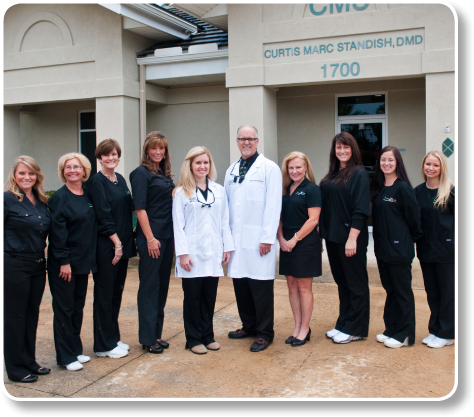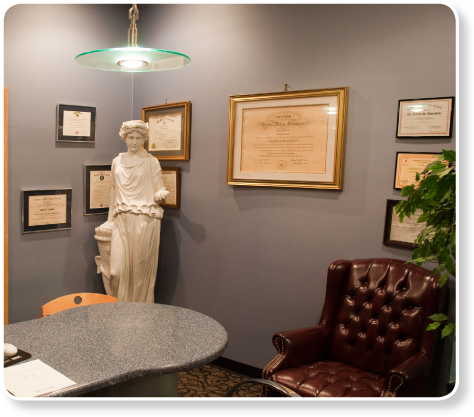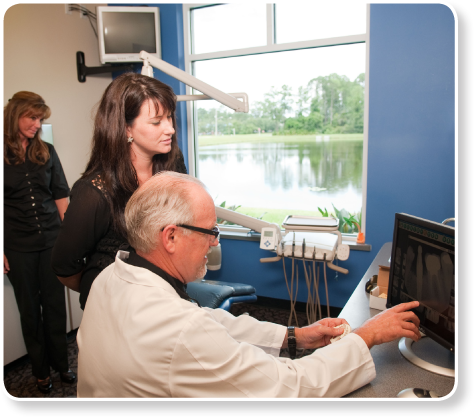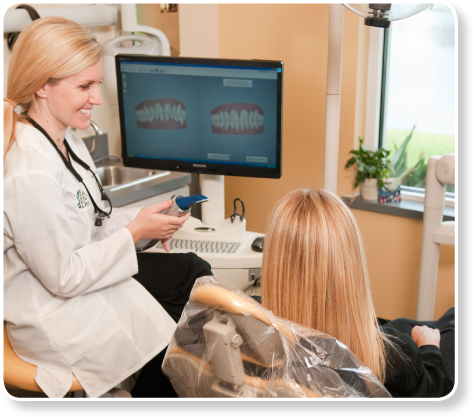How to Reduce the Risk of Cavities
Jun 14, 2024

No one likes to get a cavity. They’re painful and the damage from a cavity can eventually destroy an entire tooth. Fortunately, there are some steps you can take to reduce the risk that you’ll get a cavity.
What Is a Cavity?
A cavity is a damaged area of a tooth. These areas develop into holes in the hard surface of your tooth. Cavities are one of the most common health issues across the world and can affect anyone of any age that has teeth, although they’re most common in older adults, teenagers, and children. If left untreated, a cavity can grow larger and affect deeper inside the tooth. A cavity can also lead to severe tooth pain, a tooth infection, and even the loss of the tooth.
What Causes Cavities?
Knowing what causes cavities can help you reduce your risk of getting one. Cavities can be caused by several possible factors or a combination of factors, including:
What Are the Symptoms of a Cavity?
The symptoms of a cavity can include:
What Are the Risk Factors for Cavities?
Certain risk factors can increase your chances of getting a cavity. These can include:
How Can I Reduce My Risk of Getting a Cavity?
It’s best to prevent cavities before they can form. While everyone is at risk for developing cavities in their teeth, you can take steps to reduce the risk by ensuring healthy eating and brushing habits.
Visit the Dentist Regularly
No matter how well you brush your teeth at home, you’ll still need to visit the dentist. The dentist has better tools to do a more thorough cleaning than you can at home. The dentist can clear out plaque better and also provide fluoride treatments that will help protect your teeth. Don’t skip a visit. Plus, the dentist can tell you if there are any teeth that are at risk of a cavity.
Use the Right Toothbrush
Although it sounds counterintuitive, the best kind of toothbrush for preventing cavities is one with soft bristles. Hard bristles actually end up damaging your teeth and increasing your risk of cavities. Hard bristles wear away at the enamel on your teeth, which protects your teeth from bacteria.
Use the Right Toothpaste
The best toothpaste to use has fluoride in it. Fluoride helps strengthen the enamel in your teeth, which protects your teeth from cavities.
Brush Your Teeth Properly
Just brushing your teeth is not enough. It’s important not to brush too hard, or you’ll wear away your protective enamel. It’s important to use circular strokes and to brush every part of the tooth, including the bottom, both sides, and up by the gumline. It’s also important to brush after every meal but not immediately afterward. Brushing right after eating or drinking will only brush the bacteria and acid from the food and drink into your teeth, potentially wearing away at the enamel.
Floss Regularly
Flossing is one of the most commonly forgotten and avoided parts of oral hygiene. However, your dentist reminds you to floss every time you visit because it’s important. Flossing is essential because, without it, you’re not cleaning every surface of your teeth. There are five sides on each tooth and brushing only reaches three of them. The last two are only reachable by floss in between the teeth.
Stop Smoking
If you’re a smoker, it’s time to quit. Smoking can stain your teeth, but it also does more than just cosmetic damage. Smoking can increase your risk of cavities as well as cause gum disease and oral cancer.
Avoid Snacking
Every time you eat or drink, the bacteria in your mouth create acids that can wear away at your teeth. The more frequently you eat, the more this occurs. By cutting out snacking and drinking water instead of juice or soda pop, you can help protect your teeth and reduce the risk of getting a cavity.
Eat the Right Foods
Certain foods are better for your teeth than others. Foods to eat include:
Sugarless drinks such as unsweetened tea can help wash away food particles. Fresh fruits and vegetables increase the flow of saliva, which can also help get rid of food particles in the mouth that would increase the production of acid if left in the mouth.
Foods to avoid include:
Use Fluoride Treatments
Your dentist will perform fluoride treatments when you have a dental cleaning. However, people who are particularly at risk for cavities may need additional fluoride treatments. Your dentist can prescribe at-home fluoride treatments that can help prevent cavities.
Drink Tap Water
The water that comes from the tap typically has fluoride in it. Most public water supplies contain fluoride in order to reduce tooth decay. Drinking only bottled water means that you’ll miss out on the benefits of the extra fluoride. If you have a water dispenser built into your refrigerator that uses a filter, water from the fridge is just as good as from the tap. The refrigerator’s filter does not remove the fluoride from the water.
Concerned About Cavities?
We can help!
(904) 269-6558
or
Fill Form To Schedule Your Appointment
For informational purposes only.












